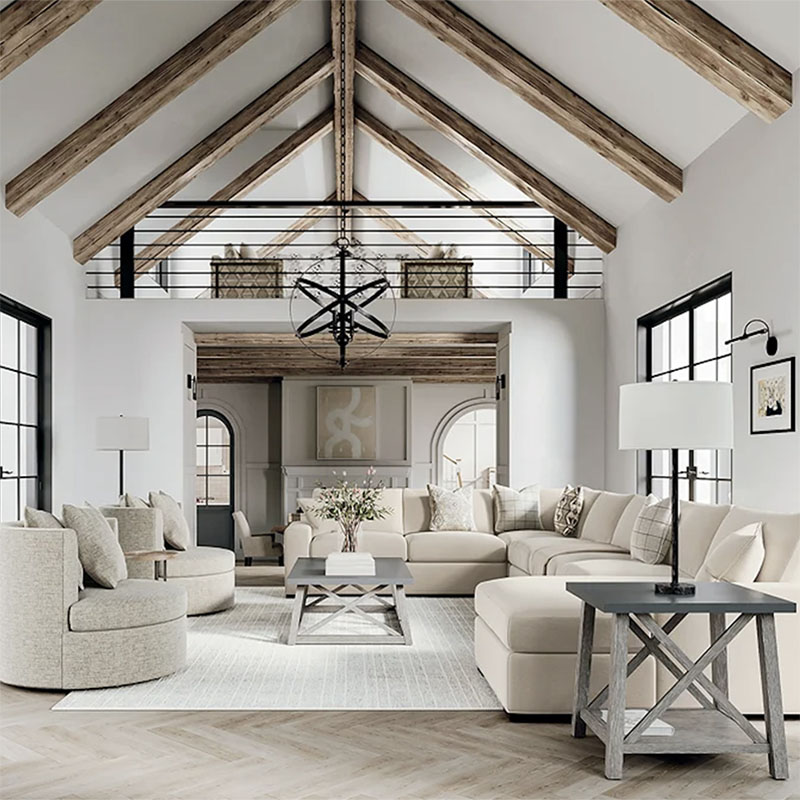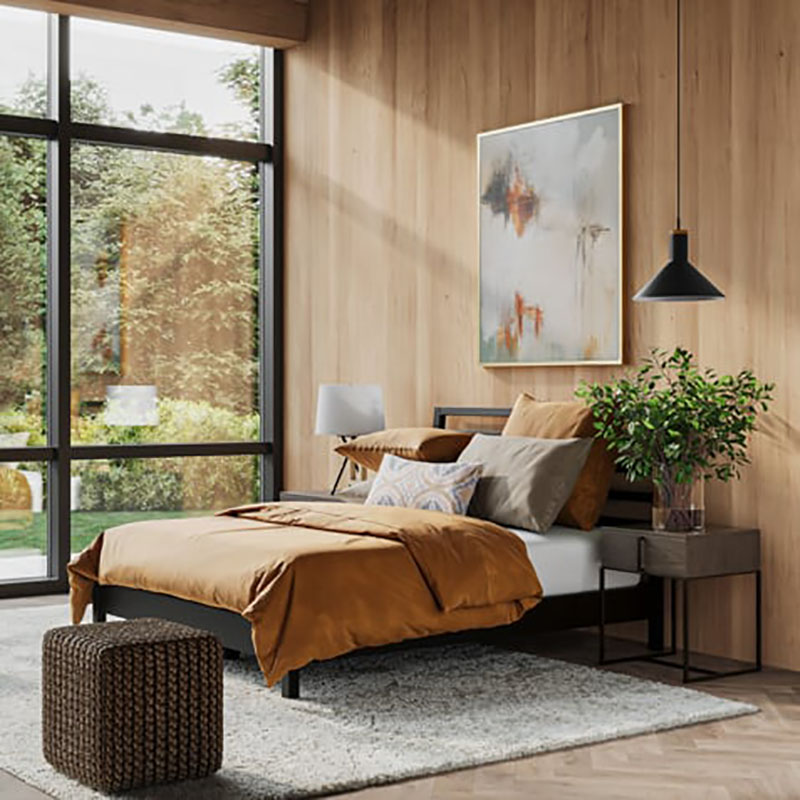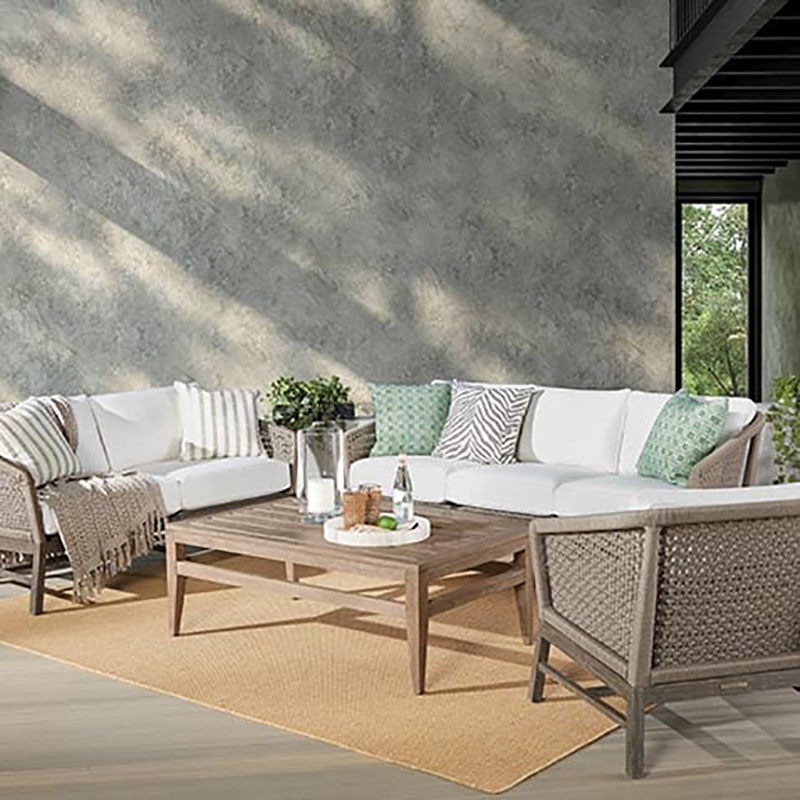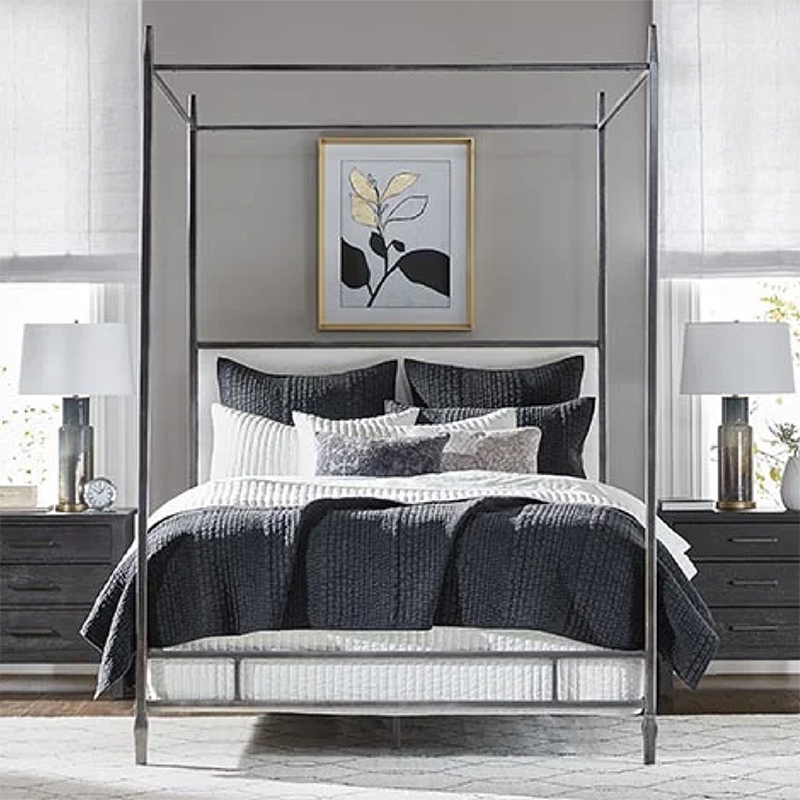Cultivating Calm: Designing a Meditative Home Interior

Ommmmmm…
In our increasingly fast-paced world, the home has become more than just a dwelling; it’s a sanctuary, a refuge where we can unwind and recharge. For many, the desire to cultivate a sense of inner peace extends to their living spaces, leading to the growing trend of creating a meditative home interior. This isn’t about rigid rules or monastic minimalism, but rather about designing a space that fosters tranquility, encourages mindfulness, and supports your overall well-being.
So, how do you transform your home into a haven of calm? It starts with a conscious approach to design, focusing on elements that soothe the senses and quiet the mind.

1. Declutter and Simplify: The Foundation of Serenity
The first and arguably most crucial step in creating a meditative space is to declutter. Visual clutter translates to mental clutter. Start by ruthlessly paring down possessions, keeping only what is beautiful, functional, or holds significant meaning. Embrace the “less is more” philosophy. Once decluttered, simplify your furnishings. Opt for clean lines, uncluttered surfaces, and a sense of openness. This creates visual breathing room, allowing your mind to relax.

2. Embrace a Soothing Color Palette
Color profoundly impacts our mood. For a meditative interior, lean towards a calming and muted color palette. Think soft neutrals like warm whites, creams, light grays, and earthy tones. These colors create a serene backdrop and allow other elements to shine without overwhelming the senses. Consider incorporating subtle hints of nature-inspired hues like soft greens and blues, which have been shown to evoke feelings of peace and relaxation.

3. Harness the Power of Natural Light
Natural light is a powerful mood enhancer and a key component of a meditative home. Maximize its presence by keeping windows unobstructed and using light, sheer curtains or blinds that allow sunlight to filter in gently. Arrange furniture to take advantage of natural light, creating bright and airy spaces. In areas where natural light is limited, incorporate warm, layered artificial lighting that mimics the soft glow of the sun, avoiding harsh overhead lights.

4. Integrate Natural Elements
Bringing the outdoors in is a cornerstone of meditative design. Incorporate natural materials like wood, stone, and natural fibers such as linen, cotton, and wool. These materials add texture, warmth, and a connection to the earth. Strategically placed houseplants not only purify the air but also add a touch of living vibrancy and a sense of calm. Consider a small indoor water feature for the soothing sound of trickling water.

5. Prioritize Comfort and Softness
A meditative space should be inherently comfortable and inviting. Choose furniture with soft lines and plush textures. Layer throws, pillows, and rugs to create a sense of coziness and warmth. Think about how the textures feel to the touch – soft, natural fibers contribute to a more grounded and relaxed atmosphere.

6. Engage the Senses Mindfully
Beyond sight and touch, consider how other senses can contribute to a meditative environment:
- Sound: Minimize noise pollution by using sound-absorbing materials like rugs and curtains. Consider a subtle sound machine for white noise or nature sounds if desired. The quiet hum of a well-placed fan can also be surprisingly calming.
- Scent: Incorporate subtle, natural scents through essential oil diffusers (lavender, frankincense, sandalwood are good choices) or natural candles. Avoid strong, artificial fragrances that can be overwhelming.

7. Create Dedicated Zones (If Possible)
If space allows, consider designating a specific area for meditation, yoga, or quiet contemplation. This could be a corner with a comfortable cushion, a small altar, or simply a dedicated chair. Even a small, intentional space can serve as a powerful reminder to pause and breathe.

8. Personalize with Meaningful Objects
While decluttering is essential, your meditative space should still reflect your personality and passions. Display a few carefully chosen, meaningful objects that inspire you or bring you joy. This could be a piece of art, a treasured souvenir, or a spiritual artifact. The key is curation, not accumulation.
Creating a meditative home interior is an ongoing journey, not a destination. It’s about consciously designing a space that supports your well-being, encourages introspection, and offers a quiet retreat from the demands of the outside world. By embracing simplicity, natural elements, and thoughtful sensory experiences, you can transform your home into a sanctuary where calm reigns supreme.

